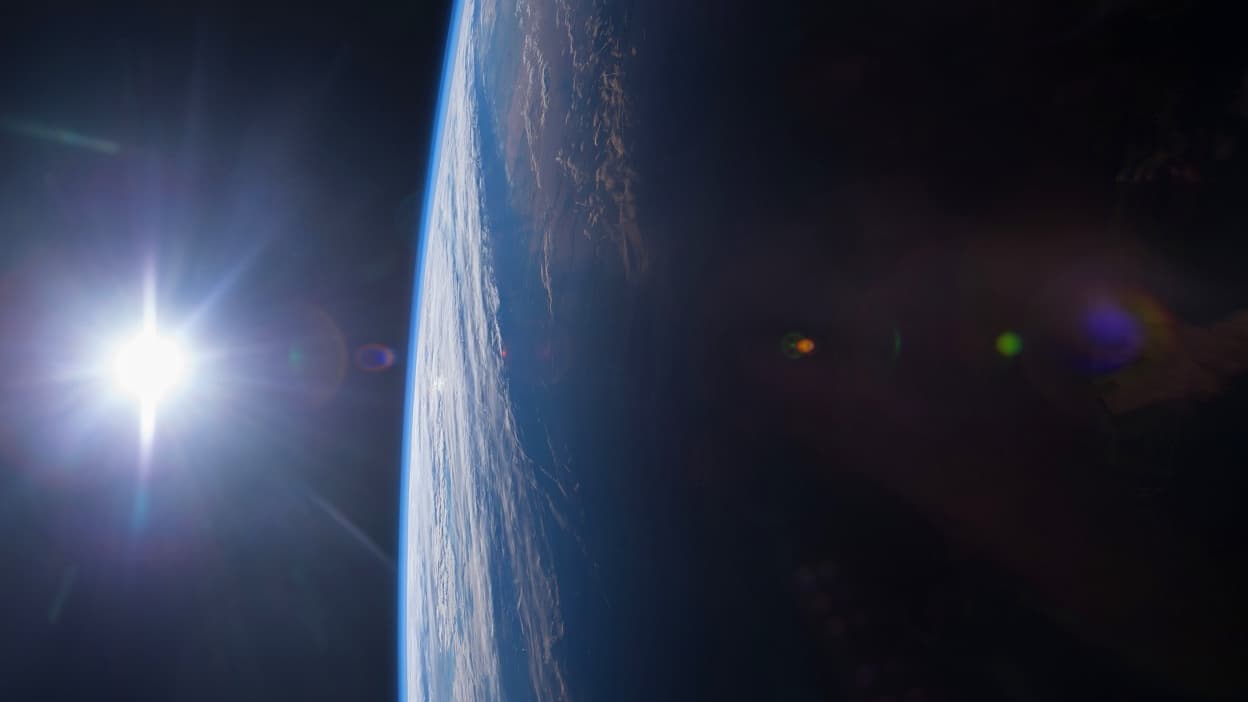
A Japanese company sends a probe into space to examine waste in orbit
This operation falls within the framework of the first phase of the Japanese Space Agency's program, which aims to remove the debris of satellites and rockets of Japanese origin.
A Japanese company announced on Monday the successful launch of what it considers the first spacecraft whose mission is to examine the growing number of potentially dangerous wastes in orbit.
The active debris removal mission undertaken by Astroscale-Japan (Adras-J) is to find and examine the remains of a Japanese H-IIA rocket that has been floating in space for fifteen years, private Japanese company Astroscale explained.
The probe was launched on Sunday at 2:52 pm GMT (3:52 pm Paris time) from New Zealand.
Astroscale “successfully made contact (…) and is ready to begin operations,” Eijiro Atarashi, the project leader, said in a press release.
Debris removal program of Japanese origin
The exact orbital position of the upper stage of the H-IIA rocket, launched by the Japanese Aerospace Agency (JAXA) in 2009, and the size of the bus are not known. But its estimated location will be determined using observational data from Earth.
Adras-J will approach “at a safe distance” and then collect images to assess the structure's movements and condition. This spacecraft has been selected for the first phase of the JAXA program, which aims to remove large debris of Japanese origin in cooperation with the private sector.
Waste such as spent satellites, rocket parts and collision debris has been accumulating since the beginning of the Space Age, with the problem accelerating in recent decades.
A million pieces of satellite or rocket debris
According to estimates by the European Space Agency (ESA), there are about a million pieces of satellite or rocket debris larger than one centimeter in orbit, large enough to “disable a spacecraft.”
To clean up space, one potential solution would be to use a laser beam capable of propelling the debris into a new orbit, where a space “wrecker” would collect it via magnets.
Japan on Saturday successfully launched its new H3 heavy bomber after two initial failures last year. At the end of January, the archipelago became the fifth country to successfully land on the surface of the moon, with its unmanned probe intact.
Most read

“Organizer. Social media geek. General communicator. Bacon scholar. Proud pop culture trailblazer.”
